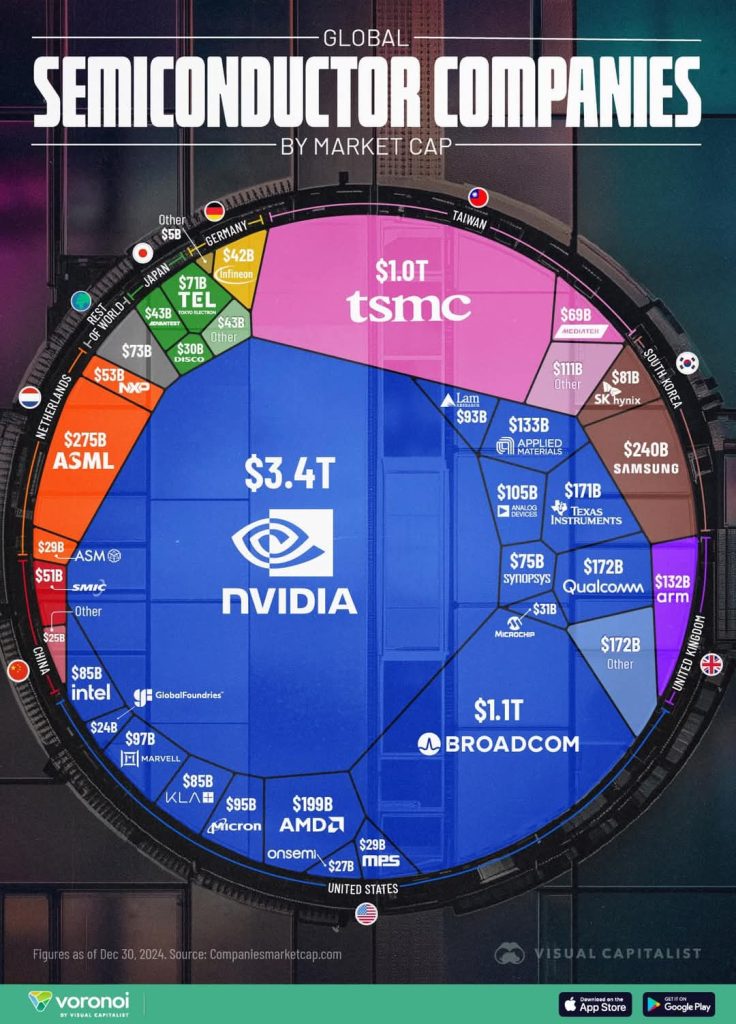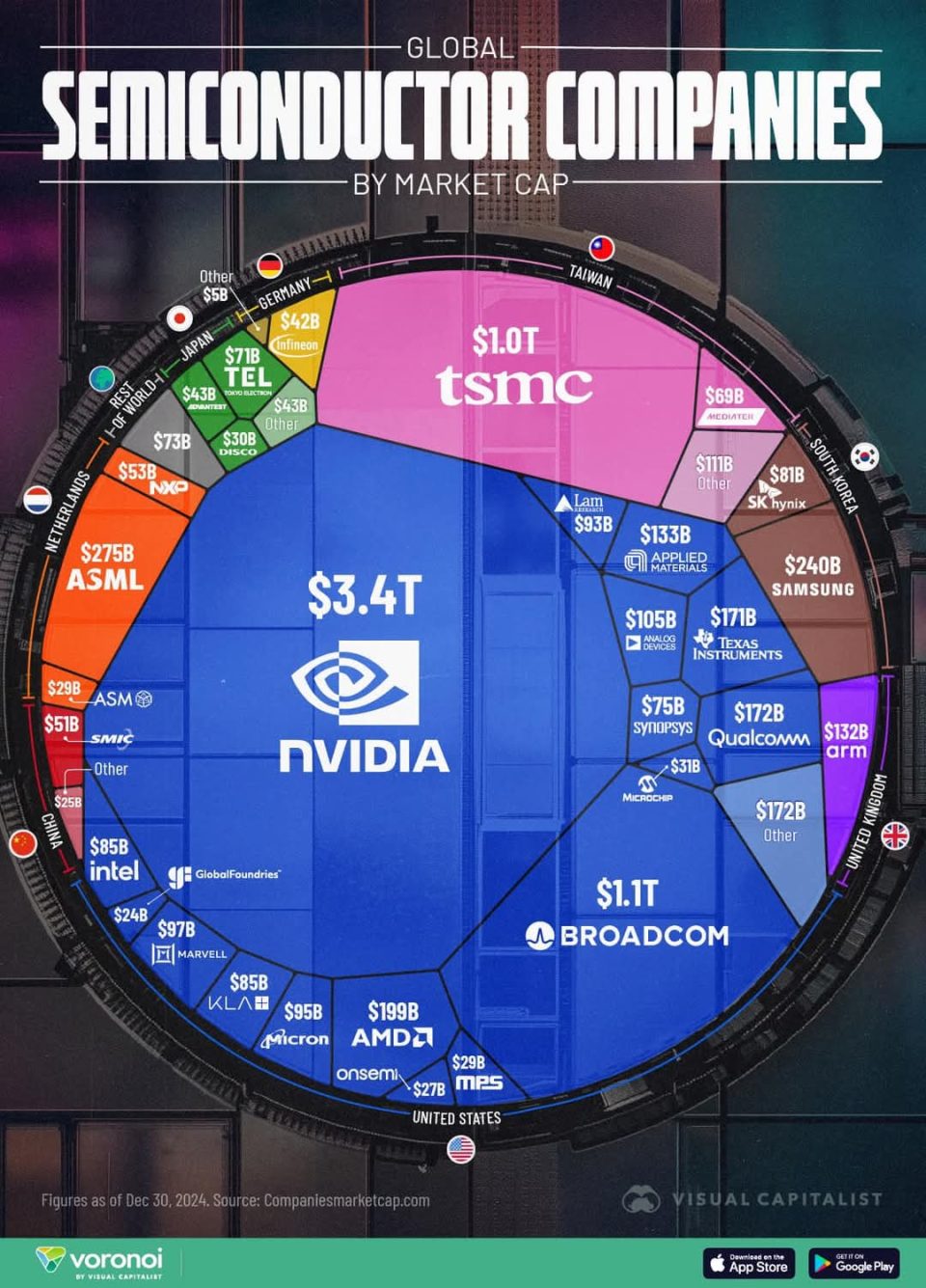Intel’s Missed Opportunities: A CX Perspective on Strategic Missteps
Intel, once a dominant force in the semiconductor industry, faced significant setbacks due to strategic missteps and missed opportunities. These challenges, rooted in manufacturing decisions and market misjudgments, serve as critical lessons in customer experience (CX). By analyzing Intel’s journey, we can understand how strategic errors impacted their innovation pipeline and customer satisfaction.
The Manufacturing Misstep: A Delay in Innovation
Intel’s decision to retain in-house manufacturing while competitors like TSMC outsourced was a pivotal miscalculation. By choosing not to outsource, Intel fell behind in developing smaller, more efficient chip sizes. Consequently, customers seeking cutting-edge technology turned to TSMC, which had already embraced a faster production cycle.
Transitioning to smaller chip sizes is crucial in meeting evolving customer demands for efficiency, power, and performance. However, Intel underestimated the pace of industry advancements. This delay not only slowed their progress but also eroded customer trust, as they could no longer deliver market-leading innovations.
Missing the Mobile and GPU Revolution
While Intel focused on its traditional processor market, competitors seized opportunities in emerging sectors like mobile processors and GPUs. Companies like Qualcomm and NVIDIA capitalized on Intel’s oversight, catering to a new wave of tech-savvy customers.
Intel’s failure to recognize the growing importance of mobile technology and graphical processing left a significant gap in their offerings. Customers looking for integrated, high-performance solutions were forced to explore alternative brands, reshaping their loyalty and market preferences.
By missing these critical boats, Intel demonstrated the dangers of adhering too closely to a status quo mindset. Meanwhile, their competitors thrived by identifying and meeting customer needs in these booming markets.
The Risks of Status Quo Thinking
Intel’s reliance on the status quo proved costly in a rapidly evolving tech landscape. The assumption that their dominance would persist led to complacency. Meanwhile, industry trends and customer expectations shifted dramatically.
By not adapting, Intel inadvertently created opportunities for competitors to innovate. As a result, customers gravitated toward brands that aligned better with their future-focused expectations. This scenario underscores how quickly market dynamics can change and the importance of staying attuned to customer preferences.
Intel’s Missed Opportunities: Lessons in Customer Experience
Intel’s decline, visible for over a decade, highlights valuable lessons in CX and strategic decision-making:
- Adaptability is Key: Companies must stay agile and respond swiftly to market and customer demands.
- Customer-Centric Innovation: Investing in research and development that aligns with customer needs is essential for maintaining trust and loyalty.
- Collaborate to Compete: Leveraging external expertise, as TSMC did with outsourcing, can accelerate innovation and deliver better results.
By prioritizing customer satisfaction and innovation, businesses can avoid the pitfalls of complacency and remain competitive. Intel’s experience illustrates how strategic missteps can ripple through customer relationships and market positioning.

Intel’s Missed Opportunities: The Path Forward for Businesses
To succeed in today’s dynamic markets, companies must prioritize customer experience at every level of decision-making. Recognizing trends early, investing in innovation, and fostering adaptability are crucial for maintaining relevance.
Intel’s story serves as a reminder that even industry giants can falter when they lose sight of customer needs. By learning from these lessons, organizations can ensure they not only meet but exceed evolving expectations, solidifying their place in an ever-changing landscape.

